
Work to sink three boreholes along Leeson Road, the deepest of which reaches a depth of 130 metres, is expected to finish this week.
Two of the boreholes are already completed. The first of these is 115 metres deep and houses an array of inclinometers which records ground movement.
The second is to a depth of 130 metres and also houses an inclinometer.
Boring to this depth allows for gathering data about groundwater conditions across the wider area - over and above what is needed for the safe re-opening of Leeson Road.
The third borehole has proved more challenging.
After casing became stuck in the greensand layer (approximately 125 metres underground) and numerous attempts to retrieve it failed, it was necessary to drill an alternative borehole nearby to house the agreed monitoring equipment — several piezometer tips which record underground water pressure.
Underground water is a major factor in ground movement.
The aim is to sink this borehole to 100 metres.
A spokesperson for the Isle of Wight Council said:
"We anticipate this depth will be reached this week after which the monitoring equipment can be installed. The original borehole will be backfilled because the casing stuck within it prevents any meaningful monitoring.
"Data recovered from the equipment installed in these boreholes – added to that already being retrieved from new and existing equipment - will give us all the information needed to manage an early warning process that will allow the road to be re-opened and operated safely in parallel to the landslip risk.
"We anticipate that the third borehole will be completed and all instrumentation installed by the end of the 10 to 12 week timeframe previously communicated.
"Island Roads and the Isle of Wight Council can assure residents that our intention remains to re-open the road as soon as we are satisfied it is safe to do so and we have agreement in place to ensure effective ongoing management. We will continue to keep the community informed."

 Isle Of Wight Schools Unite For Mufti Day To Support Local Teen Arlo
Isle Of Wight Schools Unite For Mufti Day To Support Local Teen Arlo
 Round The Island Race Entries Open
Round The Island Race Entries Open
 Investigation Underway After Sandown Pharmacy Break-In
Investigation Underway After Sandown Pharmacy Break-In
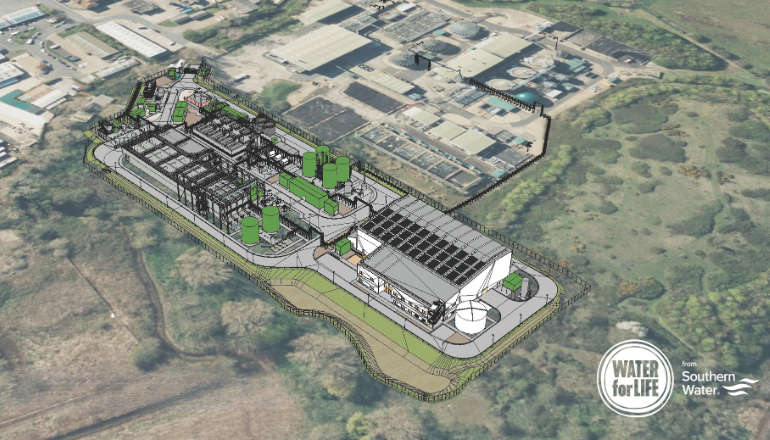 Island Views Sought On New Water Recycling Project
Island Views Sought On New Water Recycling Project
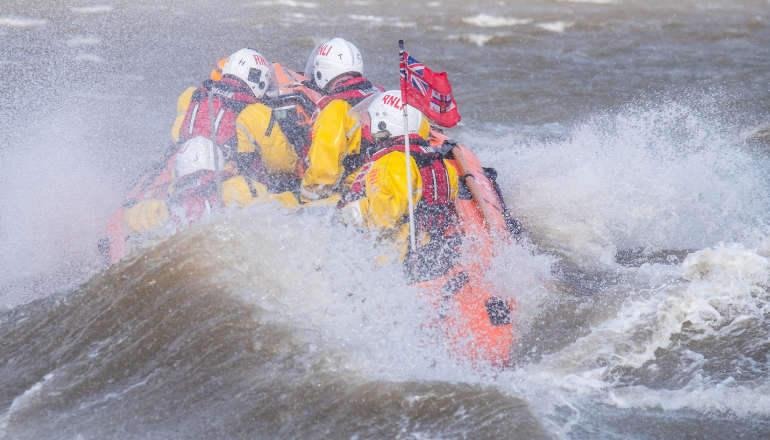 RNLI Urges Public To Stay Safe As Storm Éowyn Hits UK
RNLI Urges Public To Stay Safe As Storm Éowyn Hits UK
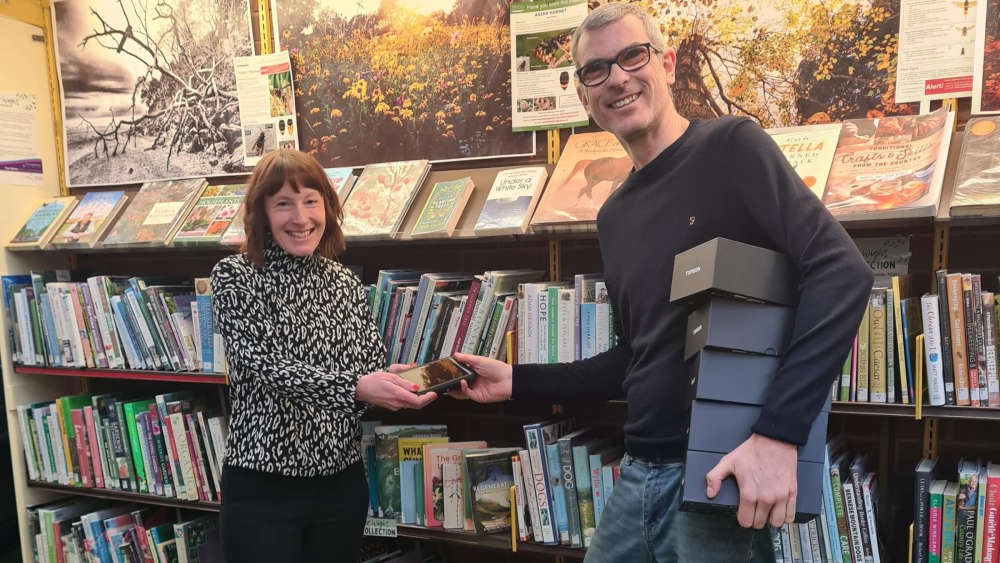 Borrow A Thermal Camera To Find Cold Spots In Your Home
Borrow A Thermal Camera To Find Cold Spots In Your Home
 Newport Sainsbury's Café Set To Close As Part Of Supermarket Cuts
Newport Sainsbury's Café Set To Close As Part Of Supermarket Cuts
 Three Men Charged In Connection With Sandown Hotel Burglary
Three Men Charged In Connection With Sandown Hotel Burglary
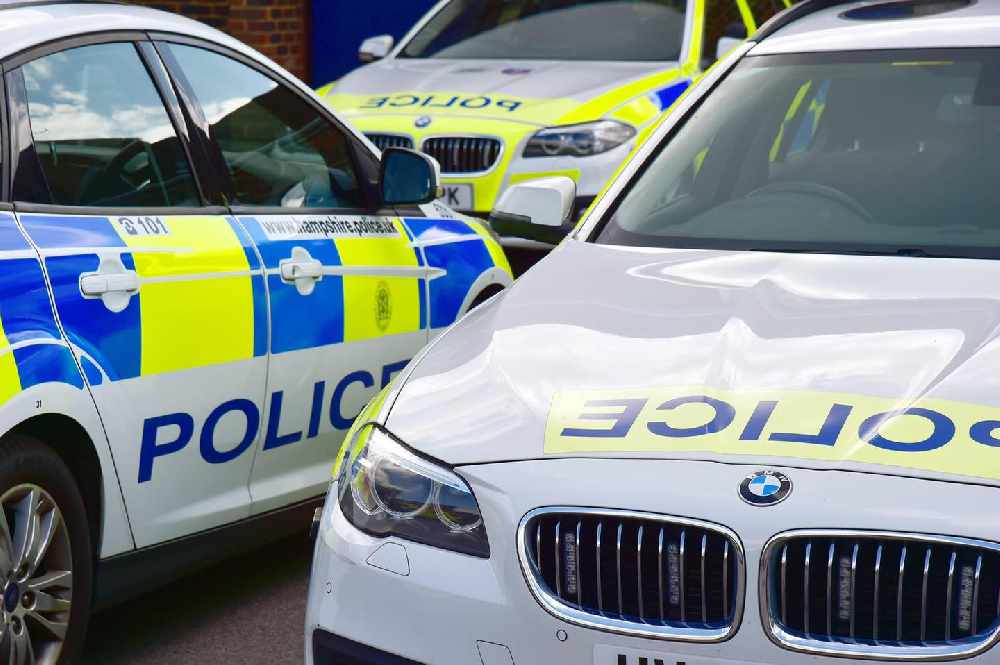 Four Arrested And Two In Hospital Following Newport Burglary
Four Arrested And Two In Hospital Following Newport Burglary
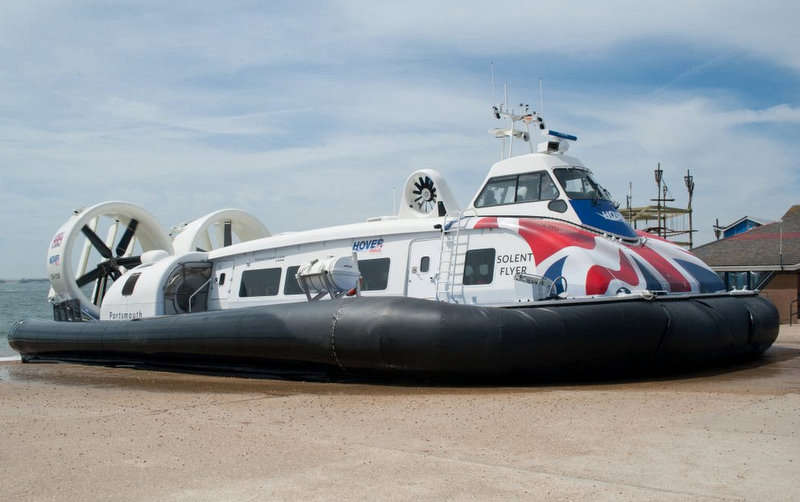 Hovertravel Set To Reduce Services Due To Financial Pressures
Hovertravel Set To Reduce Services Due To Financial Pressures
 Islanders Invited To Share Experience Of Cancer Treatment
Islanders Invited To Share Experience Of Cancer Treatment
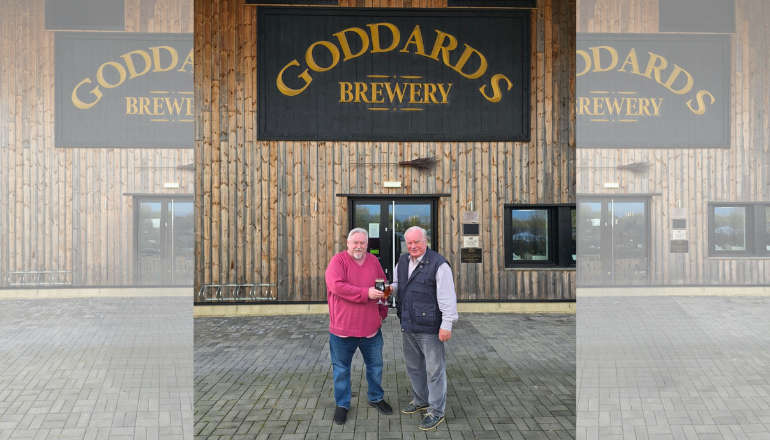 Powder Monkey Group Acquires Goddards Brewery
Powder Monkey Group Acquires Goddards Brewery
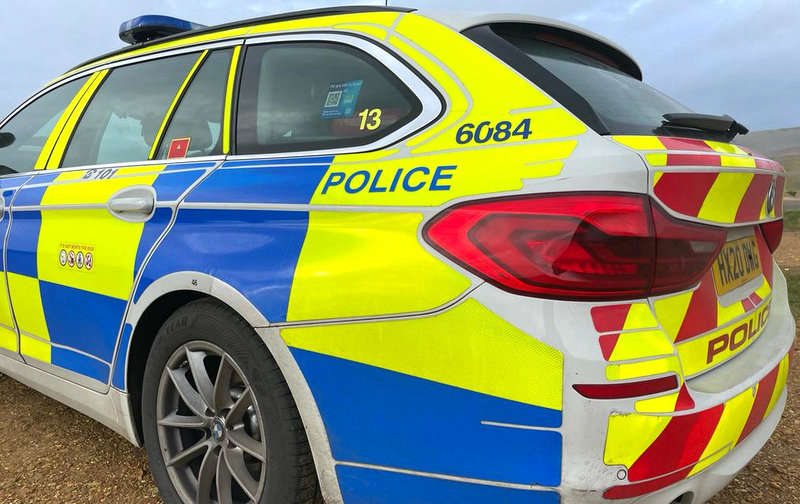 Primary School Locked Down After Man Enters In Need Of Medical Assistance
Primary School Locked Down After Man Enters In Need Of Medical Assistance
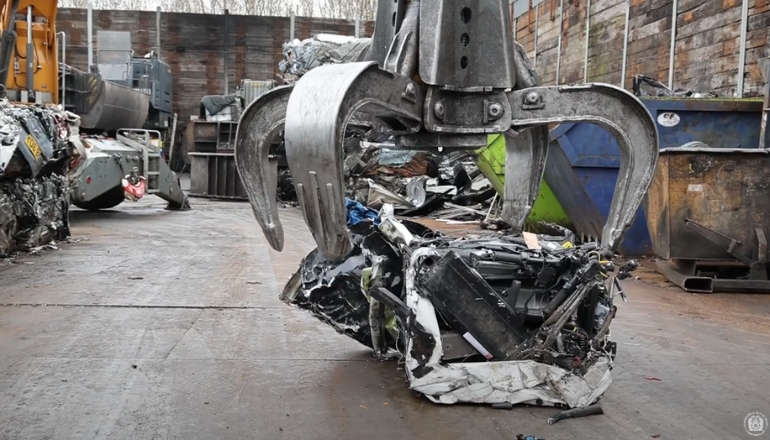 Criminals Dealt Crushing Blow As Seized E-Scooters And Electric Motorcycles Destroyed
Criminals Dealt Crushing Blow As Seized E-Scooters And Electric Motorcycles Destroyed
 Isle Of Wight Weather Warnings Issued With Storm Éowyn Forecast To Bring 80mph Winds
Isle Of Wight Weather Warnings Issued With Storm Éowyn Forecast To Bring 80mph Winds
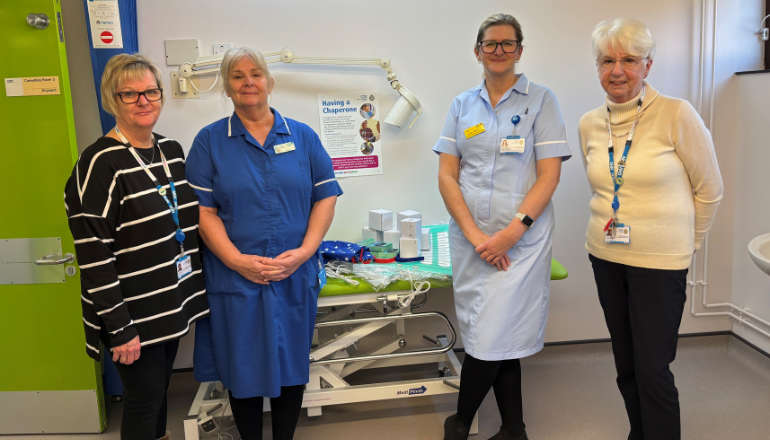 Friends Of St Mary’s Hospital Donate £27,000 To Support Patients And Staff
Friends Of St Mary’s Hospital Donate £27,000 To Support Patients And Staff
 Wightlink Invests In Its Portsmouth Car Ferry Port
Wightlink Invests In Its Portsmouth Car Ferry Port
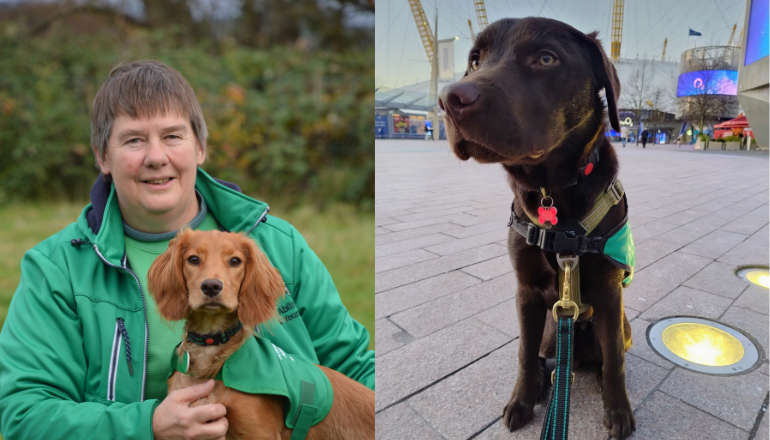 Isle Of Wight Charity Leader Honoured With BBC One Show Recognition
Isle Of Wight Charity Leader Honoured With BBC One Show Recognition
 Harbour Dredging To Continue In Bembridge
Harbour Dredging To Continue In Bembridge


